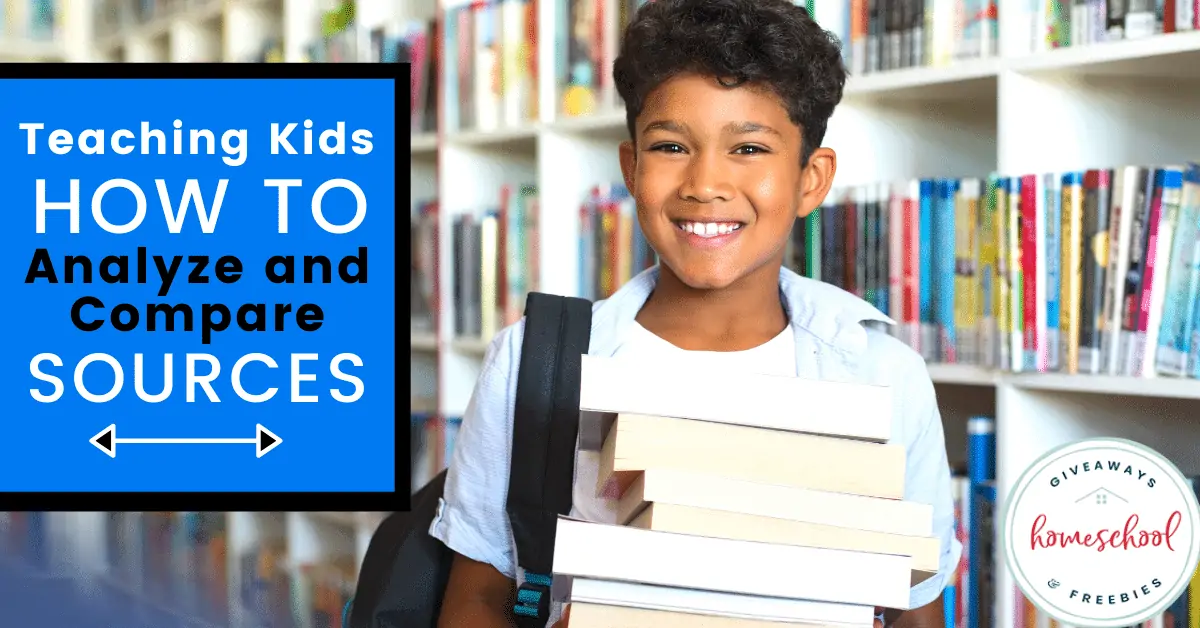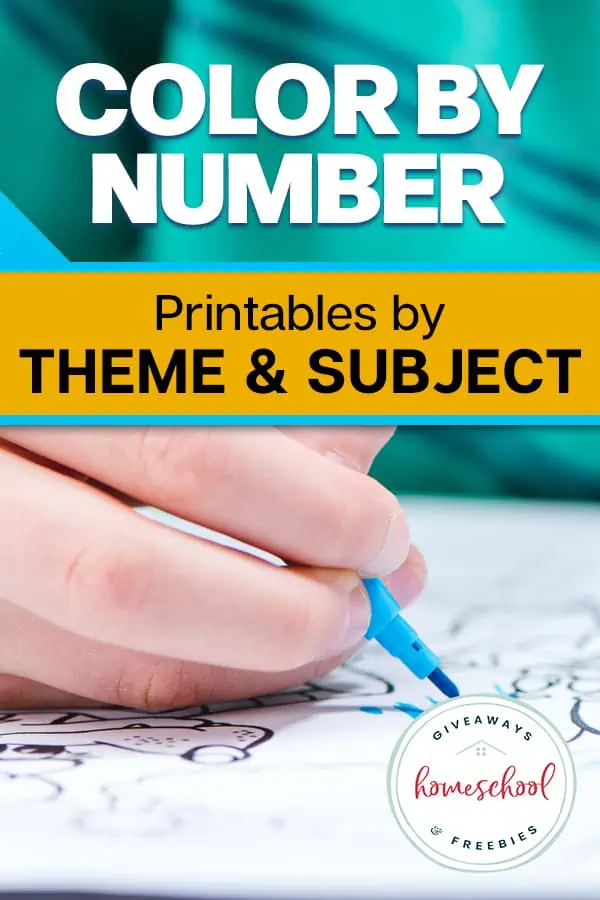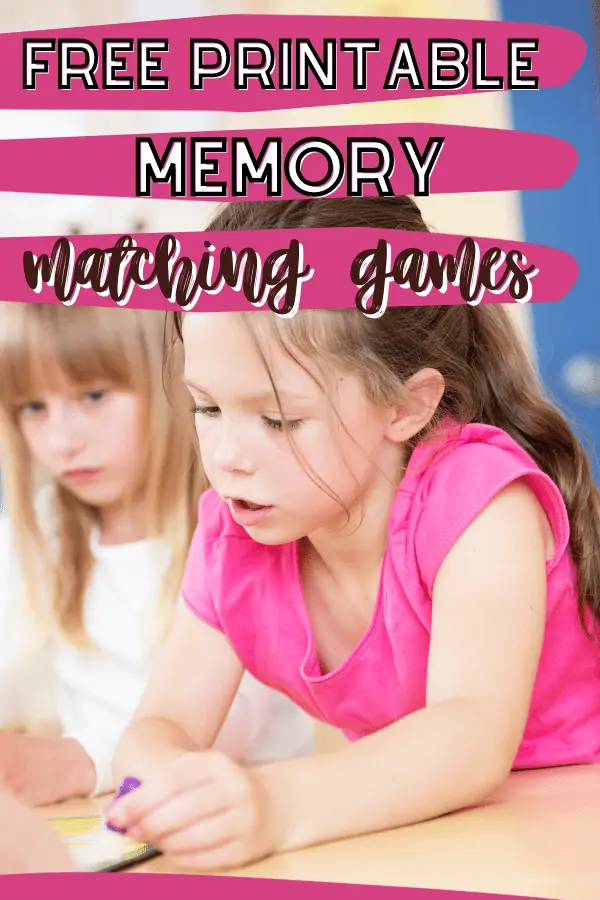Teaching Kids How to Analyze and Compare Sources
Published:
December 26, 2019
Contributor:
Jeannette Tuionetoa
Disclosure: This post may contain affiliate links, meaning if you decide to make a purchase via my links, I may earn a commission at no additional cost to you. See my disclosure for more info.
Has the research from your students been less than stellar? Thinking about getting down to the nitty-gritty of what is considered reliable research material in your homeschool? You can start teaching kids how to analyze and compare sources to get them thinking about the legitimacy of what they use for learning.
If a statement on a website is false, even ONE statement, then what does that truly mean about a source? The truth of the matter is, one wrong statement can ruin a source’s credibility. A false statement calls the whole site into question.
This makes it vital for our kids to know how to analyze and compare sources when researching or reading, whether that be online or in textbooks.
Honestly, as soon as I hear an educational video or read a text that begins with the words “millions of years ago,” I question everything after that from that source. As Christians, we know what the truth is – the Bible. We also know that people cannot prove something that happened millions of years ago.
For instance, carbon dating is known as a method used to determine the age of organic matter because of the amounts of carbon found in it. The problem is that carbon is also known to be highly unstable and changes immediately after absorption.
Knowing these things can mean a world of a difference when we read or listen to the words “millions of years ago.” Letting our kids know that we take the information that follows that statement with a grain of salt, gives them a basis for truth.
However, other sources like texts and the billions of sources on the internet aren’t as easy to analyze. This is especially so when only a few errors can bring everything else from the source into question.
See, the Bible is the foundation for all truth, but when it comes to general information – where can we go, or how can we tell what a reliable source looks like?
When teaching kids how to analyze and compare sources, here are a few things to consider and share with your learners:
Consider the authority
Any Jo Shmo can write a book nowadays and anyone can start a website and write things as fact. This is especially significant to know in our current time where even news sources can’t be considered an unbiased authority. So, our kids need to know that early on.
To analyze a source and compare it to others, we also need to check the author’s credentials, degree, or experience in their area of research. Snopes.com or BabylonBee.com are not official authorities of factual data.
Consider fact-checking
Cross-reference and fact check everything because we can’t trust just one source to verify the information. Check a few references and see if they all provide the same or similar information.
Consider the content
When the content of the site doesn’t include a bibliography or cited sources this shows there is a lack of authority to the content. Keep that in mind. Opinions are not facts, some sources are strictly subjective.
Consider where the source is coming from
If you know where the source is coming from, then you will know in what perspective information is given. For instance, the information provided by biographies would be more reliable than a fiction book. Scholarly papers, of course, are just that. Sources from blogs are strictly a person’s view on topics.
Particularly online, we should be extra cautious when analyzing and comparing reliable sources. The best advice I can give there is to do the above AND note the gTLDs.
Know what gTLDs are? I bet you do. They are “Generic Top Level Domains” of internet addresses that identify them. Basically… they are the last three letters of a website URL like .com, .net, .edu, etc.
When it comes down to what sites your kids should use for research, you may want to stick with .edu sites. The .edu stands for education, of course, and is used by universities and other formal learning institutions.
Here is a tidbit we ran across in trying to research what we can consider a reliable source. A site called EasyBib is a fantastic resource to help your homeschool students evaluate the credibility of the sites they are trying to use. Kids can type in the website they are trying to use; they then answer a few questions about the site. This site helps kids think about what to look for and encourages them to make an educated guess about whether a site is reliable or not.
The whole point is to get kids thinking about the integrity of the information being presented to them online and in text. Evaluating resources is a skill our kids can use throughout their lifetime. Should they need to search for information on a trade or in college, knowing how to analyze and compare sources will significantly benefit them to obtain quality information.









